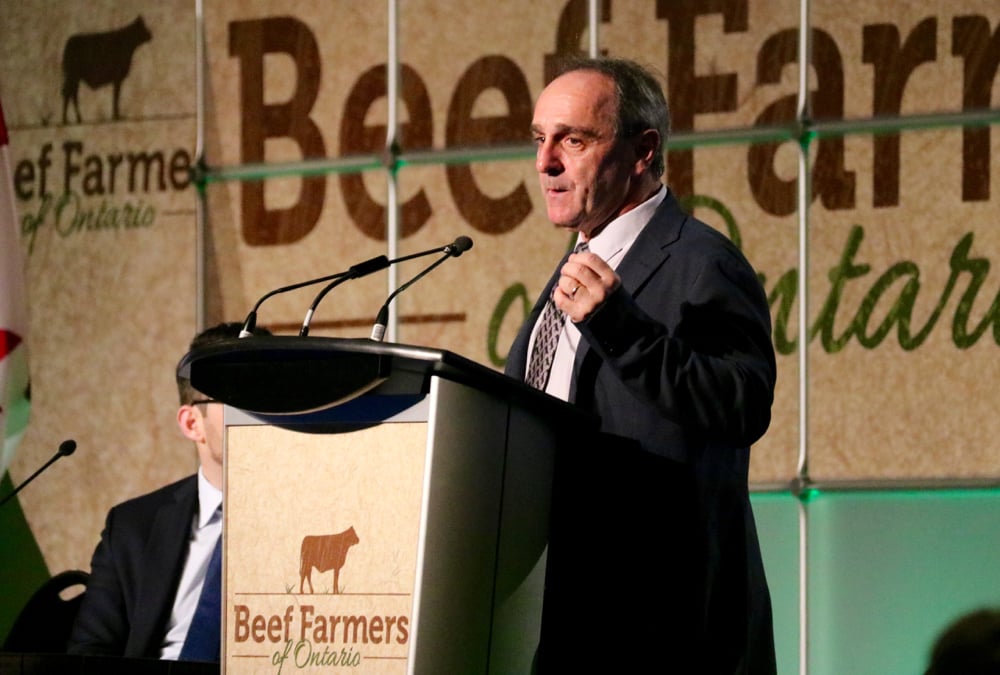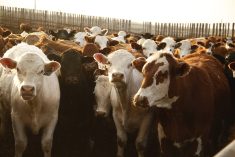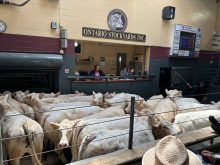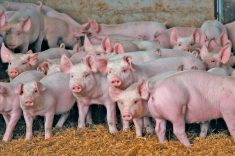Exports, taking advantage of Ontario’s strong market and building long-term brands will be key to the future of beef market growth for Ontario producers.
Work is underway on a major new marketing investment in the province.
Beef farmers approved an increase in checkoff at the 2019
Why it matters: Ontario beef farmers approved a higher checkoff last year and want to see return on that investment.
The increase in checkoff started Nov. 1, so the project is in early stages.
Read Also

Melancthon faces a new quarry fight over water, environment and farmland risks
A proposed Strada blast quarry in Melancthon, Ont., sparks regional debate over water protection, farmland sustainability, and Ontario’s aggregate policy.
The funds are administered by a joint committee of BFO and the Ontario Cattle Feeders’ Association (OCFA).
The people behind the Ontario Corn Fed Beef brand (owned by the OCFA) are in charge of the joint marketing committee.
John Baker, vice president of business development with Ontario Corn Fed Beef (OCFB), told the BFO’s 2020 annual meeting recently that clearly defined objectives, challenges and opportunities have been identified.
The projects from the joint marketing committee will be aligned with industry partners like processors, and national marketing priorities. Baker says it will be focused on global markets, along with regional markets to increase demand for Ontario cattle. A goal is to get farmers more aligned with value chains to fill niche markets.
OMAFRA recently invested $293,000 through the Canadian Agriculture Partnership to help the beef sector expand its market reach to Vietnam, Taiwan, Philippines, Europe and Singapore.
The Ontario Corn Fed Beef program has been the poster case for success in marketing of Ontario beef.
It will provide a base for the future growth of branded programs, along with another Ontario beef marketing program called the Regional Marketing Initiative that helped fund a regional branded program in the private sector, such as those with Longo’s and Carve.
There have been numerous local brands developed that market exclusively Ontario cattle, says Baker. Some are producer, some are retailer and some are packer brands. They are working to differentiate their products and that’s creating demand for Ontario cattle, says Baker.
There are other brands by Ontario sources that are moving into global markets. The Ontario Premium Heritage Angus Beef brand, supplied by St. Helen’s Meat Packers, was recently launched in Japan, says Jim Clark, the executive director of OCFB.
Ontario competes by targeting smaller retailers and giving them a product that’s not necessarily less expensive, but exclusive and differentiated, especially in Japan.
In 2014, one entities carried Ontario Corn Fed Beef in Japan. There are now 17 brands selling Ontario Corn Fed Beef in 400 stores in Japan.
The large global beef brands are also in Japan and they compete with many different products.
“They are very difficult to compete against and are very well funded,” says Baker.
Europe is another question. Canada shipped less than 2000 tonnes of beef to Europe in 2019, well under the 65,000 tonnes available for Canadian beef in that market after the implementation of the CAFTA trade agreement with Europe.
There are no processing plants in Ontario that are certified for the E.U., says Baker, although two are in the process of attaining certification.
Europe is working hard to build its market in Canada, with a marketing and public relations campaign and it is having success.
Australia and New Zealand are also targeting the Canadian market. Loblaws now sells a branded Australia grass-fed beef product.
Ontario imports a large volume of beef. It was 60 per cent of the market in 2012, but since then has declined to about 40 per cent.
“We need to tell the story that’s uniquely Ontario, and we need to work with processor and packer partners as they are in the same markets,” says Baker.















